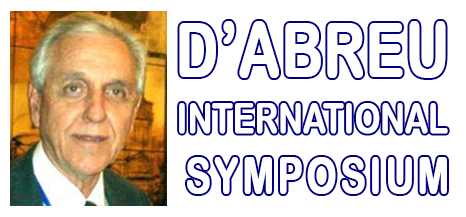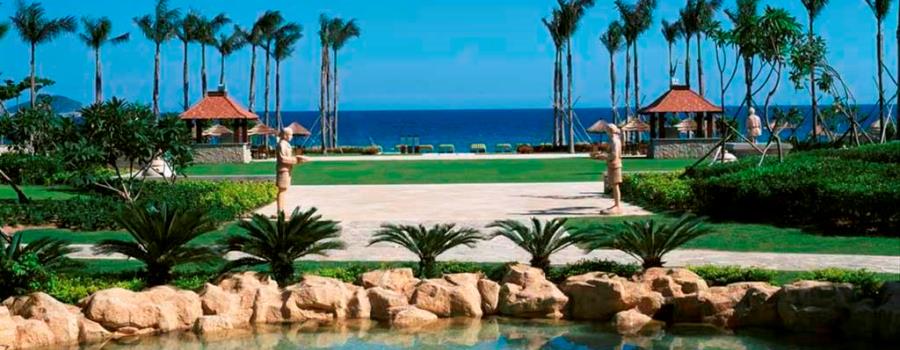Abstract:
Grinding is a major contributor to the cost of processing fine grained ores, (e.g. ores containing copper, nickel, zinc, gold and platinum). At least two stages of grinding are used and the second stage is typically ball-milling. The cost of ball wear is similar to the cost of power. Pebbles are normally allowed to discharge from ports in the primary mill, so that crushing of a recycled stream can be applied, to control the charge level in the primary mill. It is envisaged that recycled pebbles (with a size range of say 19 to 75 mm), which are normally crushed, can be more usefully used in combination with balls in the secondary mill(s). Mixtures of steel balls and pebbles were tested using a 0.57m diameter mill and the results were compared to ball-milling in the same mill. Power was measured on-line and the pebble wear rate and product size distribution were measured after each test. Various proportions of pebbles were used and a 25 percent pebble content (by volume), was found to be the optimum. <br />The results were very encouraging, with power being reduced by 10 to 18 percent, due to a reduction in the density of the mill charge, and an implied saving in ball consumption was 25 percent. It was also noted that there was no change in the product size distribution and the grinding capacity. Up to a pebble content of 25 percent, the grinding capacity was maintained, but it reduced progressively after that point, implying the need for a larger mill. <br />Most of the tests were designed to produce a finished product, equivalent to the size distribution of a cyclone overflow. Preliminary tests were done using silicate pebbles (from a gold mine) and quartz sand. Further tests were done using pebbles from a platinum mine and a sample of the feed to a ball-mill at the mine. Some of the latter tests simulated closed-circuit grinding, where the mill product was relatively coarse, requiring classification and a recycle of coarse material. <br />The pebble consumption at the optimum proportion of pebbles was relatively low (about 7 percent of ore throughput). However, it is envisaged that pebble storage would be needed in an operating circuit, to allow for periods when the ore has a low proportion of competent rock. The effects of withdrawing pebbles from a primary mill are discussed, including the saving of power for pebble crushing and an estimated reduction in ball addition to the primary SAG mill. <br />It is concluded that the use of a ball-pebble mixture in secondary mills can reduce costs significantly, without compromising throughput. There is potential to use existing ball-mills and operators can revert to ball-milling at times when there is a shortage of competent pebbles. Further tests in a continuous pilot-plant or plant are recommended to confirm the findings.
|







